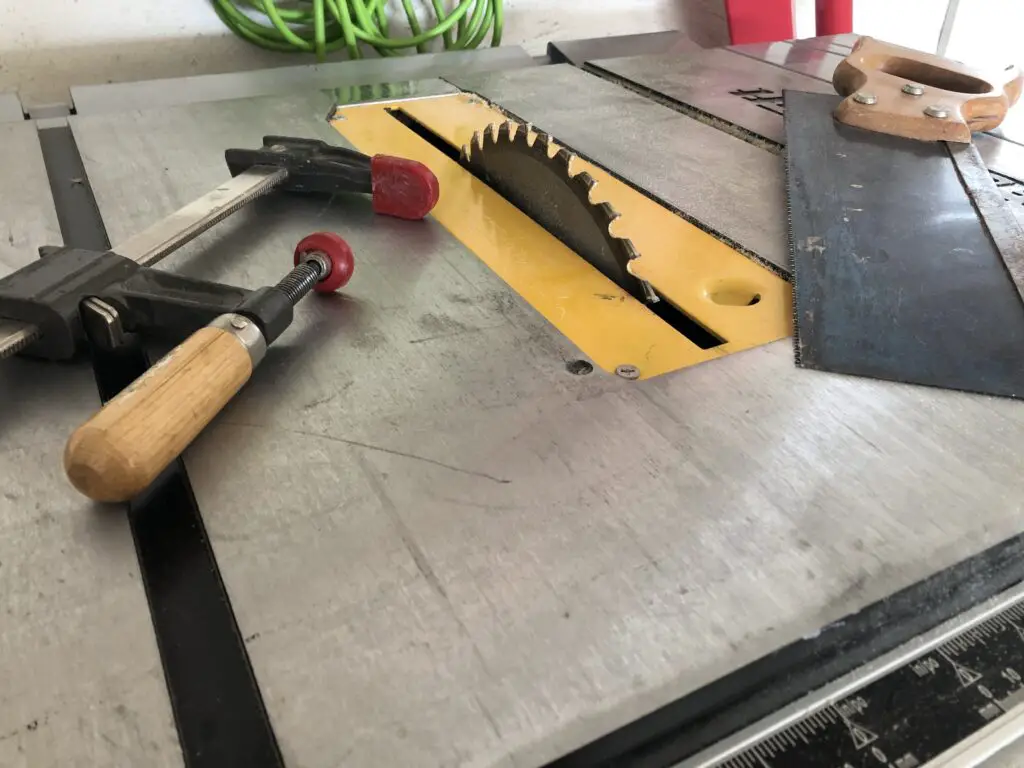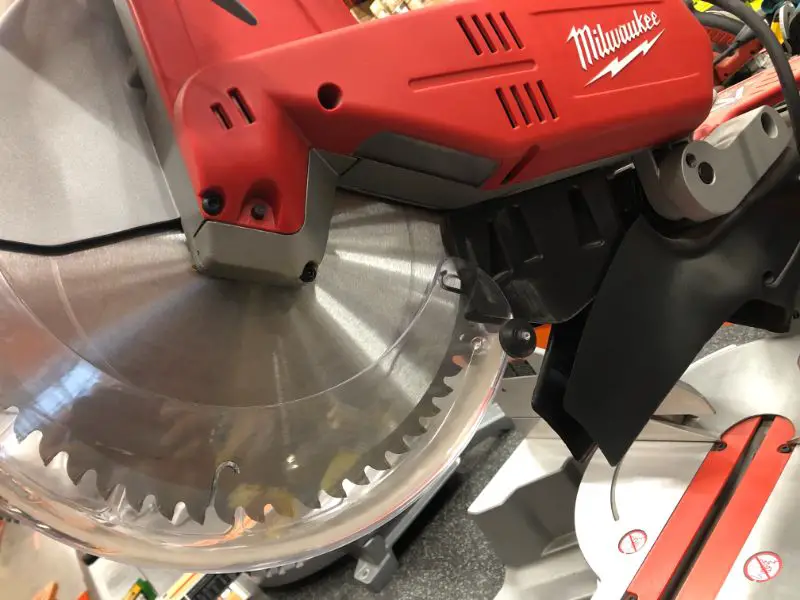How to get into woodworking, can be tricky if you dont know where to start! Woodworking can be a fun and relaxing hobby for anyone. You are able to express your creativity while making practical items or art pieces that you can display in your home (or even sell!) It may seem like a complicated and expensive hobby to start, but you can actually get going without breaking the bank!
In this article, we will explore woodworking as a hobby and address your major worries such as how much it will cost to begin, what tools will be needed, how much space it requires, and how to stay safe.
Best Way to Get Into Woodworking
As with any hobby, you need to start with the basics. Before you take a trip to your local hardware store and start pulling power tools off the shelves, you should spend some time reading beginner woodworking books. These will give you a solid foundation to start from, and they may inspire you to different types of woodworking that you weren’t considering or didn’t even know about.
Another idea is to take a beginner woodworking course. Classes can help ensure that you understand shop safety, how to use your tools correctly, and get some foundational knowledge about the wood itself. There is no need to sit in a traditional classroom, if you don’t want to, there are plenty of online options available. Plus, you can find a ton of woodworking videos on YouTube!
By building this basic foundation, you will have the confidence to tackle projects. And these skills will be the building blocks that you will use once you start getting into more complex woodworking projects in the future.
Find Some Space
Once you understand the basics of woodworking, you will need to carve out some space in order to do your work. You don’t have to rent a huge shop to have a thriving woodworking hobby — you can even get started in an apartment!
Maybe you’re wondering “how to get into woodworking without a garage?”
Your backyard can be a good spot to work with a table and a few extension cords. You can turn a patio or deck into a makeshift shop. Then there are always classic options such as the shed or garage space. Keep in mind, the space you have will limit the types of projects you will be doing. While you can certainly build a birdhouse at your kitchen table, you won’t be milling your own lumber in a studio apartment.
Having a small space doesn’t negate larger projects, you will simply need to have your wood cut to size at your local hardware store or at the lumber yard. There are also shops online where you can place orders for custom wood sizes.
Now that you’ve chosen your space, you will need to be sure that you have proper lighting. Working with power tools and even handheld tools can lead to serious injury if not handled properly. Making sure that you have adequate light in order to clearly see what you are doing will go a long way to preventing accidents.
In addition to lighting, you need to consider the noise factor, especially when using power tools. While you can (and should!) wear ear protection, your neighbors will also appreciate a little soundproofing. If you don’t have a space where you can keep the noise level appropriate, you can consider buying low-noise tools.
How to Get Good at Woodworking
You’ve laid your knowledge foundation, addressed safety issues, and set up your workspace. Now, how do you actually get good at woodworking? Just like with any other hobby, practice is going to be the best way to improve. However, you can also elevate your woodworking with these four tips.
Don’t broadcast all of your mistakes. Many woodworkers fall into the bad habit of immediately pointing out the mistakes in any piece when showing their work. You show your neighbor what you are working on, and the first thing you do is point out where your cuts aren’t straight or there is a crack in the wood. This undermines your work!
A professional is not going to show you all the mistakes they made on their piece. Do they know they are there? Of course, they do! But it isn’t necessary to bring attention to them — especially when a non-woodworker would likely never notice them.
Have a positive attitude. It may sound cliche, but a positive attitude will definitely lead to improvement in your woodworking. If you don’t believe you can develop or perfect a certain skill, you never will. It is reasonable to be nervous when trying a new tool for the first time or attempting a cut that you never have before but go into it with a can-do attitude. You will be surprised how much negative thinking can dampen your skills.
Practice perfectly. We mentioned above the importance of practice, right? But you don’t want to practice incorrect skills! Make sure you are learning the correct woodworking methods so that your practice won’t be reinforcing bad woodworking habits. Here’s some projects that any beginner can start with!
Learn how to fix your mistakes. It is easy to think that a professional woodworker just never makes mistakes, but that simply isn’t true. A professional knows how to fix the mistakes that they have made. Every woodworker makes mistakes now and then, the key is to know how to make them right!
The Cost to Start Woodworking

Anyone starting a new hobby always has one key concern: how much is this gonna cost me? Woodworking is no exception, and like most hobbies, the cost is relative. If you go out and rent a huge workspace, buy top-of-the-line tools, and only work with exotic woods, it is going to be a very expensive hobby. Then again, if you decide you just want to whittle scrap pieces of wood that you find on your weekend hikes, it will barely make a dent in your budget.
When it comes to woodworking, there are two main types of costs you can expect: equipment and material. If you use common or cheaper woods and entry-level tools, you will find that woodworking can be quite affordable.
Tools to Consider
The tools you need to get into woodworking will, of course, depend on what types of projects you want to take on. Here is a list of tools that you may want to consider when you are just getting started setting up your workshop:
- Hand Saws
- Circular Saw
- Table Saw
- Miter Saw
- Power Jointer
- Thickness Planer
- Jigsaw
- Band Saw
- Orbital Sander
- Router

